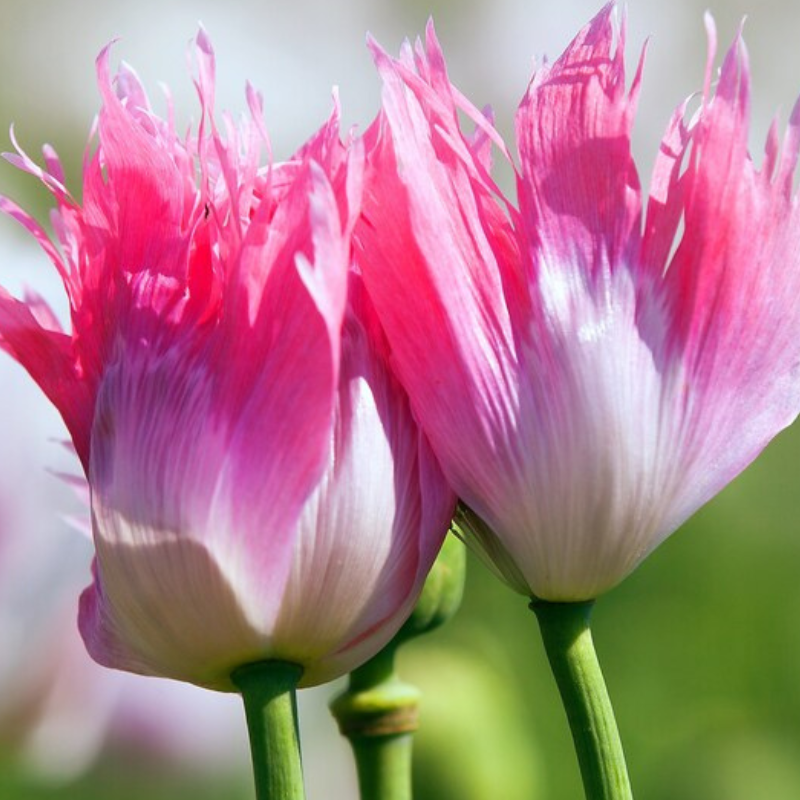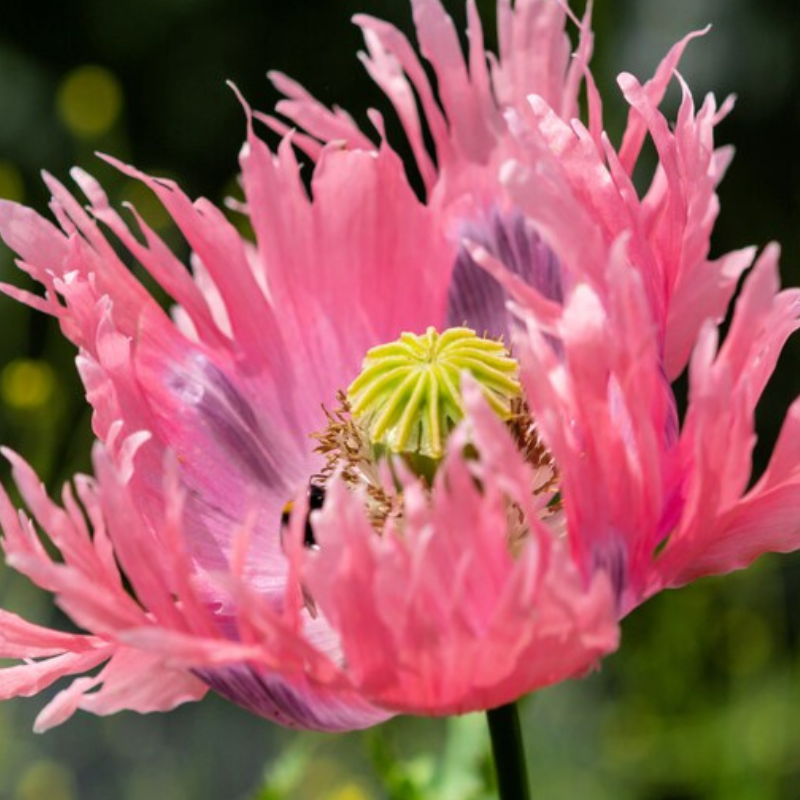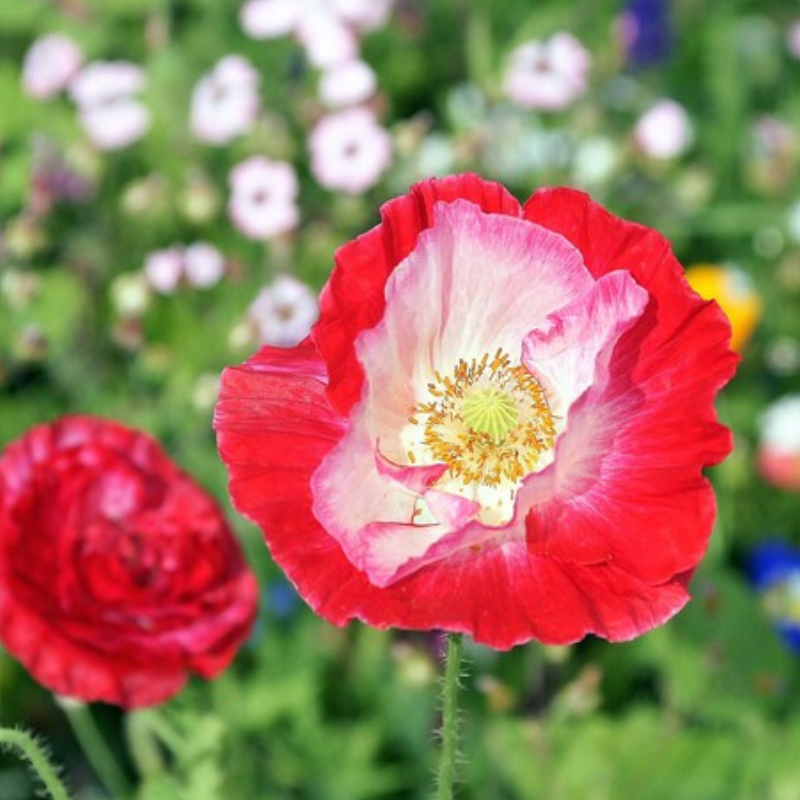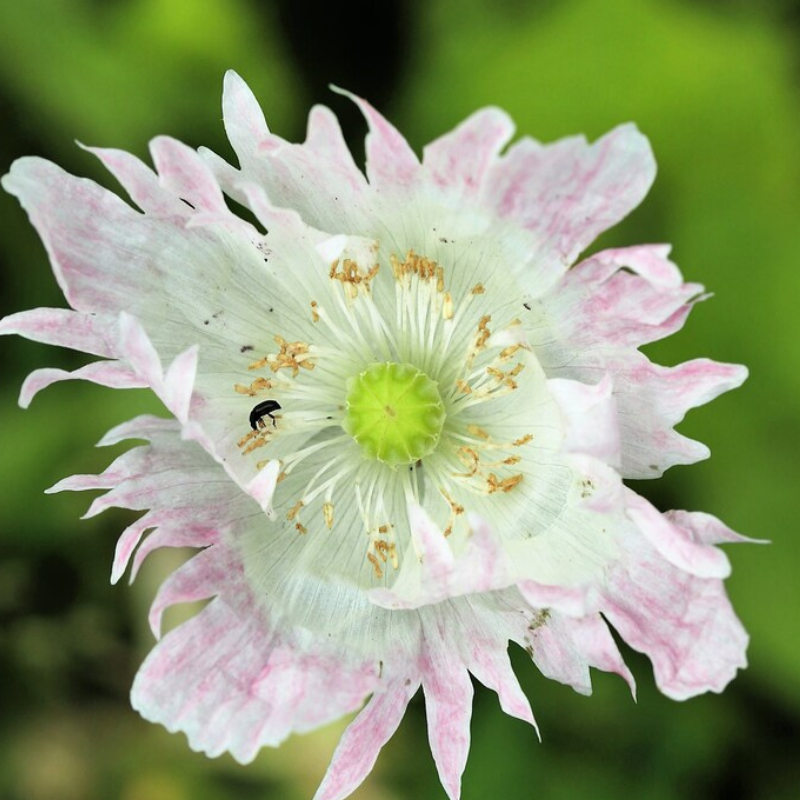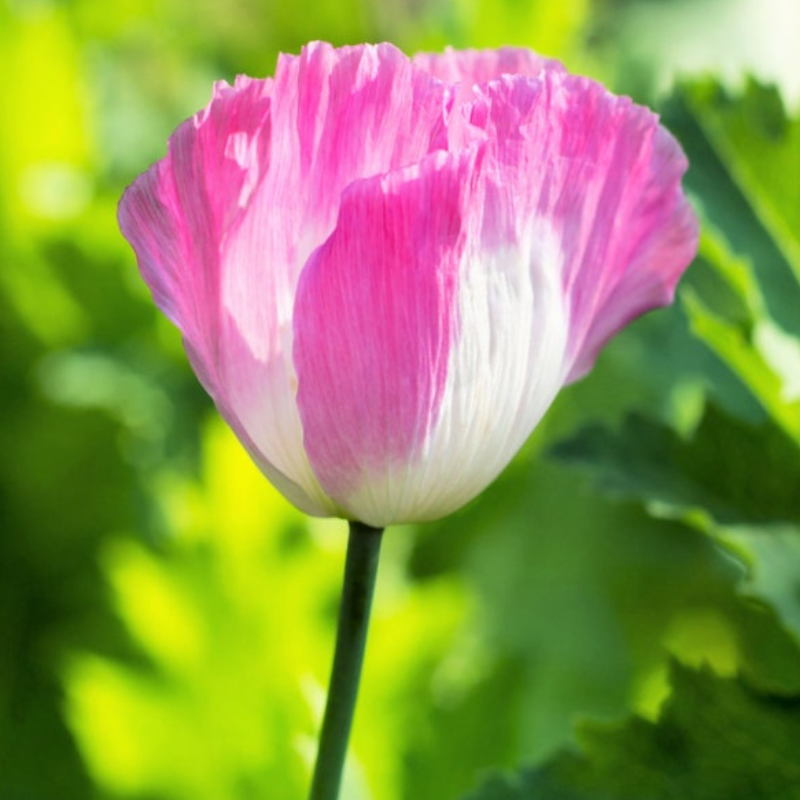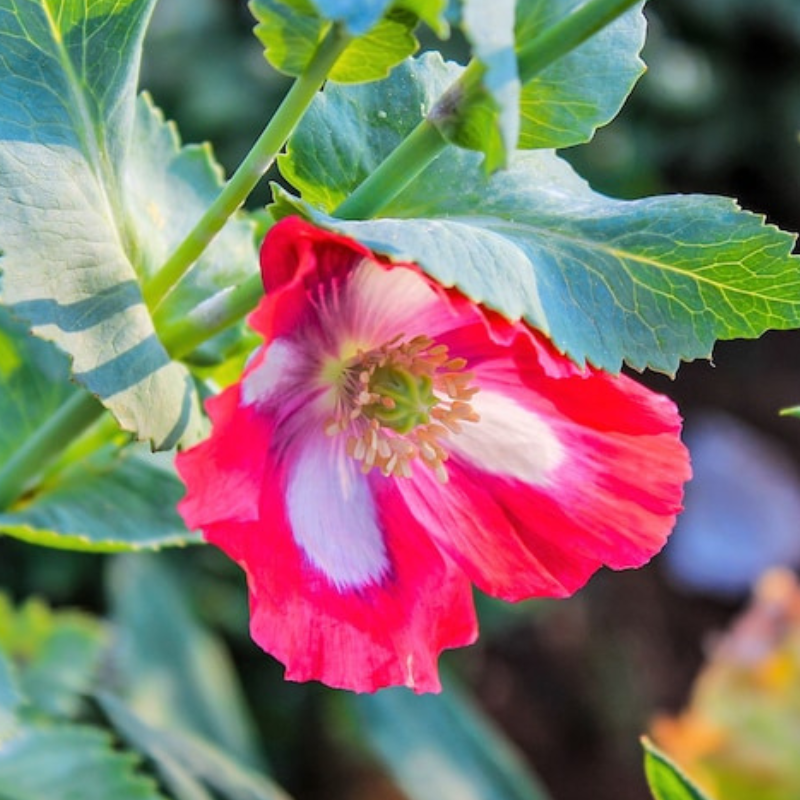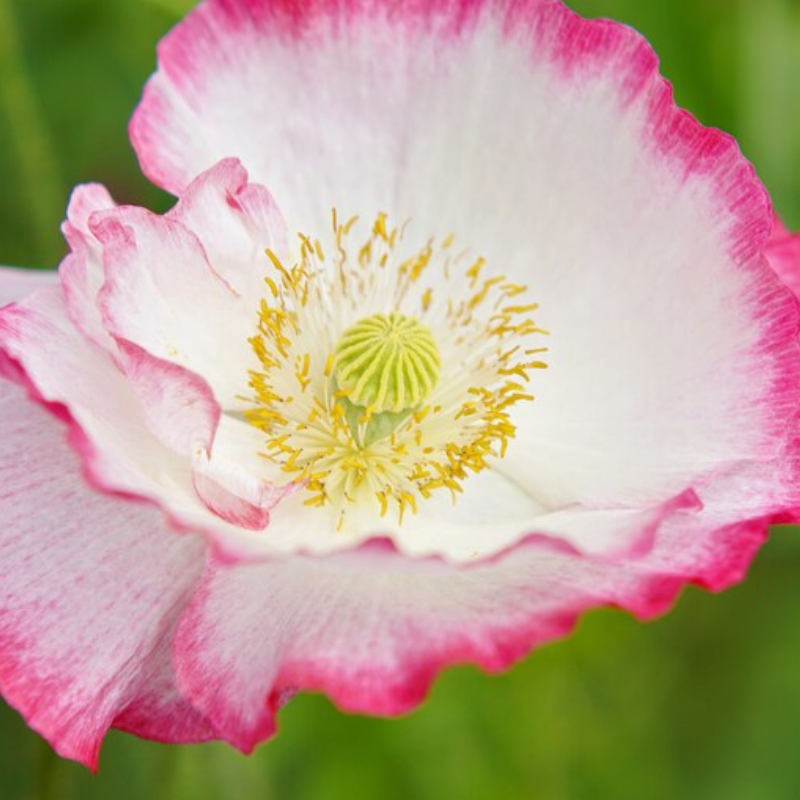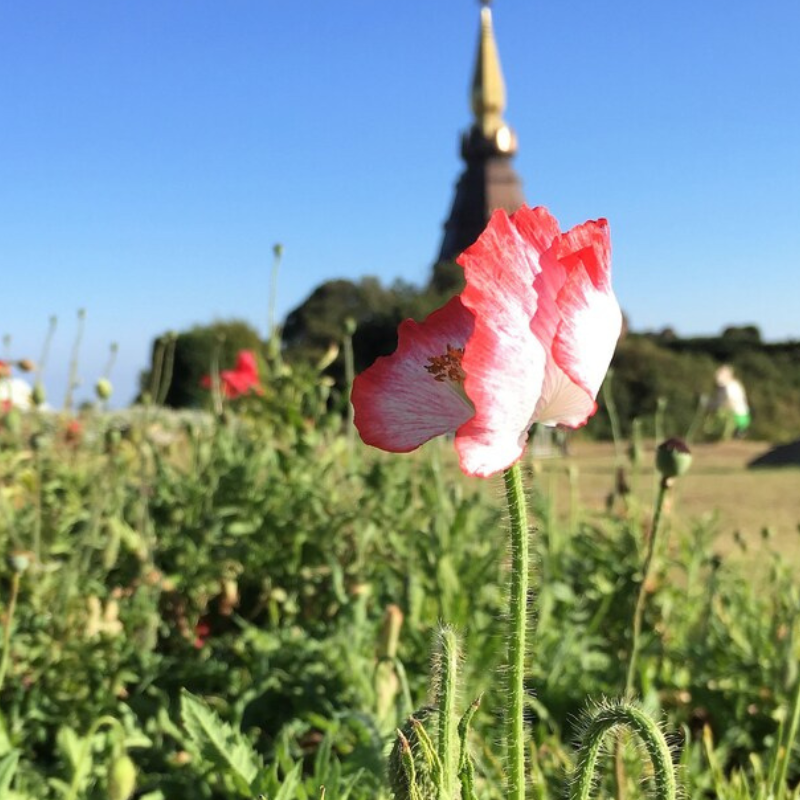- Historical context: Papaver somniferum setigerum is a subspecies of the opium poppy, known for its historical use in medicine and as a source of opium. It has been cultivated for thousands of years.
- Geographical origination: This subspecies is believed to have originated in the Mediterranean region.
- Relevant cultural significance: The opium poppy has significant cultural and historical importance, particularly in ancient civilizations such as the Greeks, Romans, and Egyptians, who used it for medicinal purposes.
- Time period of discovery: The exact time period of discovery is unclear, but it has been known and used since ancient times, dating back to at least 3400 BCE.
- Original habitat: The original habitat includes the Mediterranean basin, where it grows in wild and semi-wild conditions.
- Notable historical uses: Historically, it has been used for its sedative and analgesic properties. It was also used in various religious and cultural rituals.
- Ideal temperature range: 10-25°C (50-77°F)
- Soil type: Prefers well-drained, fertile soil with a neutral to slightly alkaline pH.
- Sunlight requirements: Full sun is essential for optimal growth.
- Watering needs: Requires moderate watering, ensuring the soil remains moist but not waterlogged.
- Planting season: Best planted in early spring or fall, depending on the climate.
- Germination time: Typically takes 10-14 days to germinate under optimal conditions.
- Growth cycle duration: The entire growth cycle from planting to harvest is approximately 90-120 days.
- Common pests and diseases: Common pests include aphids and slugs. Diseases such as downy mildew and root rot can also affect the plant.
- Companion planting advice: Companion plants include marigolds and nasturtiums, which can help deter pests.
- Common challenges and solutions: Challenges include susceptibility to pests and diseases. Solutions involve regular monitoring, proper spacing, and using organic pest control methods.
- Nutritional values: The seeds are rich in healthy fats, protein, and dietary fiber.
- Health benefits: The seeds contain essential minerals such as calcium, magnesium, and iron. They are also known for their calming and pain-relieving properties.
- Culinary uses: The seeds are commonly used in baking and cooking, adding a nutty flavor to dishes.
- Medicinal uses: Historically, the plant has been used for its analgesic and sedative properties. Modern uses include the extraction of alkaloids for pharmaceutical purposes.
- Other unique advantages: The plant is also valued for its ornamental beauty, with its striking flowers adding aesthetic value to gardens.
